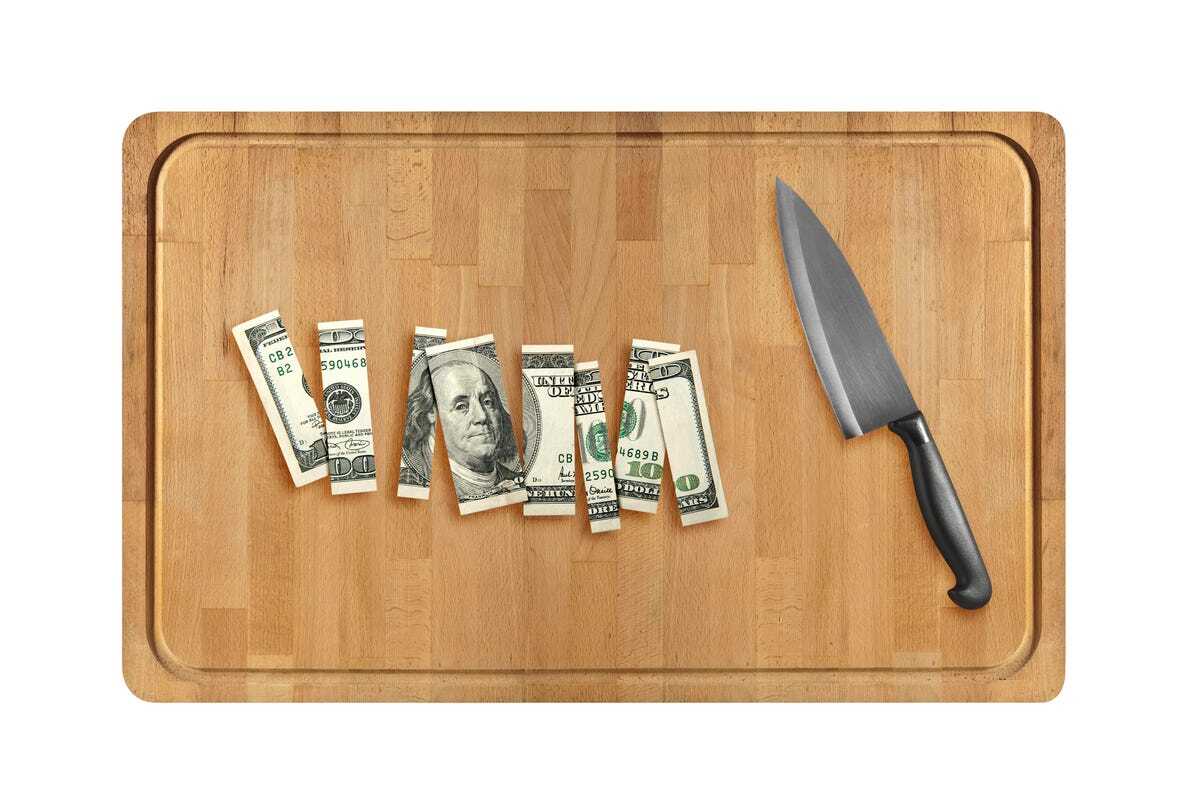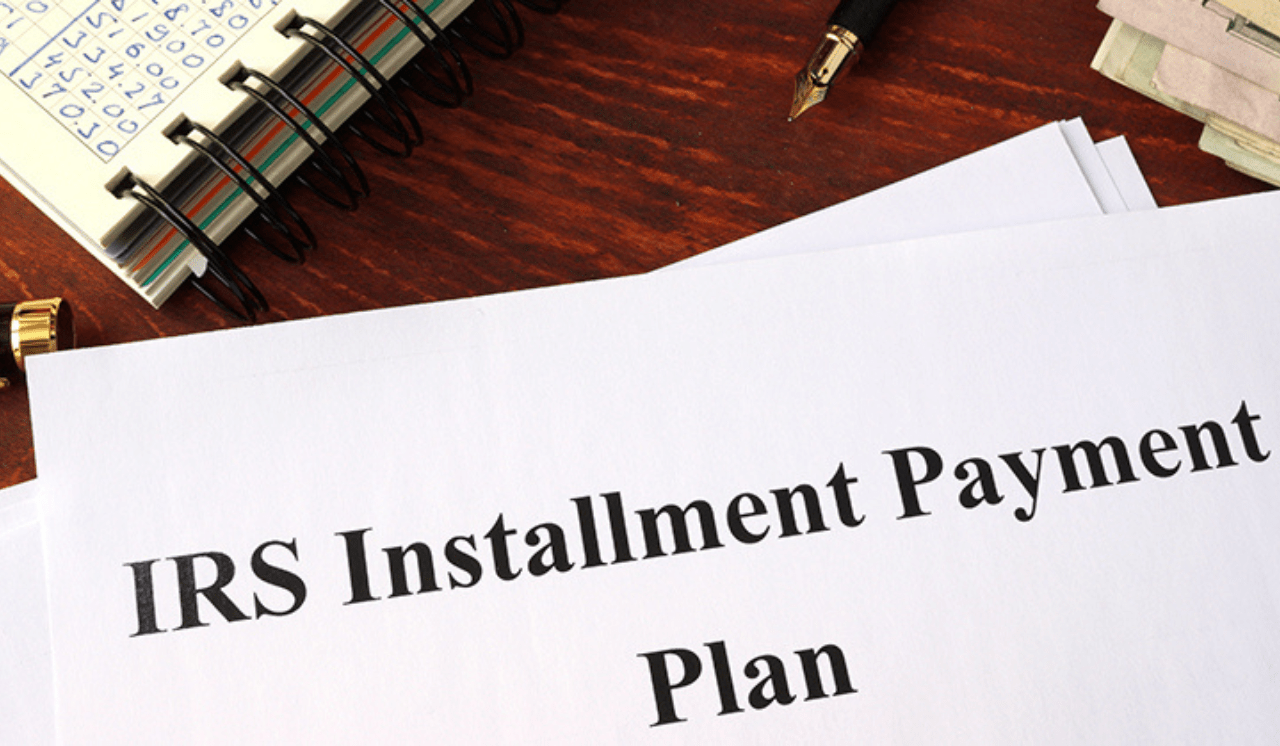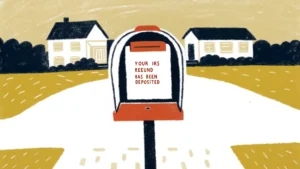The IRS expects you to pay your taxes by April 15, and if you’re late, the IRS can charge a penalty or interest. The agency also allows several payment methods to ease the tax payment process, from credit cards to paper checks and debit cards. But what if you can’t pay up your tax bill at once? Can taxes be paid in installments? Read along and discover your options.
How To Pay Your Taxes In Installments?
Why not pay your taxes later if you can’t afford them now? If your tax bill is too much for your budget, you may be eligible for an installment plan with the IRS. An Installment plan allows you to pay your taxes when you can without incurring levies, garnishment, and other collection penalties. It can also make your payment more affordable if you still owe interest and penalties.
Minimum Monthly Payment
The minimum monthly payment depends on how much you owe. You can apply for your installment agreement over the phone, online, or through IRS forms.
- To an extent, the IRS allows you to choose how much you want to pay every month.
- The IRS will encourage you to pay as much as possible to reduce your penalties and interest.
- If the IRS picks a payment amount for you, the least payment will be set to the amount owed divided by 72.
Set Up Fees For Installment Plans.
If you can pay off your taxes, interest, and penalties within 180 days, you won’t have to pay anything to set up an installment plan. However, if you can’t pay up within 180 days, you must make these set up payments.
- To set up a direct debit payment plan online, you’ll have to pay $31. Setting up the plan by phone and in-person Form 9465 both costs $170.
- If you’re not using direct deposit, setting up the installment plan online will cost you $130. Setting if you’re using Form 9465 without direct deposit, it will cost $130
- If you are a low-income taxpayer, you could be allowed to reduce these setup costs.
Paying Your Taxes In Installment
Installment payment requests are usually approved automatically. This process is called a Guaranteed installment agreement. If you owe less than $10,000, you can pay the balance in full with a three-year payment plan and without a specified minimum payment requirement.
To qualify for the guaranteed installment agreement, you must have duly filled all your income tax returns during the past 5 years without using an installment agreement. If you do not meet this requirement, there are other payment options you can explore.

Long-Term Payment Plan (Balances Between$10,000 And $50,000)
You can qualify for a streamlined installment plan if you owe more than $10,000 in combined penalties and interests. However, unlike the $10,000 installment plan, approval isn’t guaranteed by the IRS, but it also doesn’t require additional financial information to be approved.
If this streamlined plan is approved, you’ll have 72 months to pay the taxes you owe. The minimum payment for this plan is equal to your balance due divided by the 72-month maximum payment period. Unless you qualify for an extension, you are not allowed to pay below the calculated amount. If the amount owed is divided by 72 months and you still can’t afford to pay, you’ll have to complete Form 433-F.
Short-Term Balance Over $50,000
If you only need a short period to pay your taxes, this option will work for you. If your combined taxes, interests, and penalties are under $100,000, this short-term plan allows you to pay your tax balance in 120 days or less. Although the IRS does not charge additional setup or application fees, but the penalties and interests will accrue until the balance has been fully paid.
Take Away
For a lot of taxpayers, the process of applying for an installment plan can be challenging. If you need help resolving your tax debt with the IRS, don’t hesitate to reach out to us at Tax Goddess to help you sort your tax debt.








